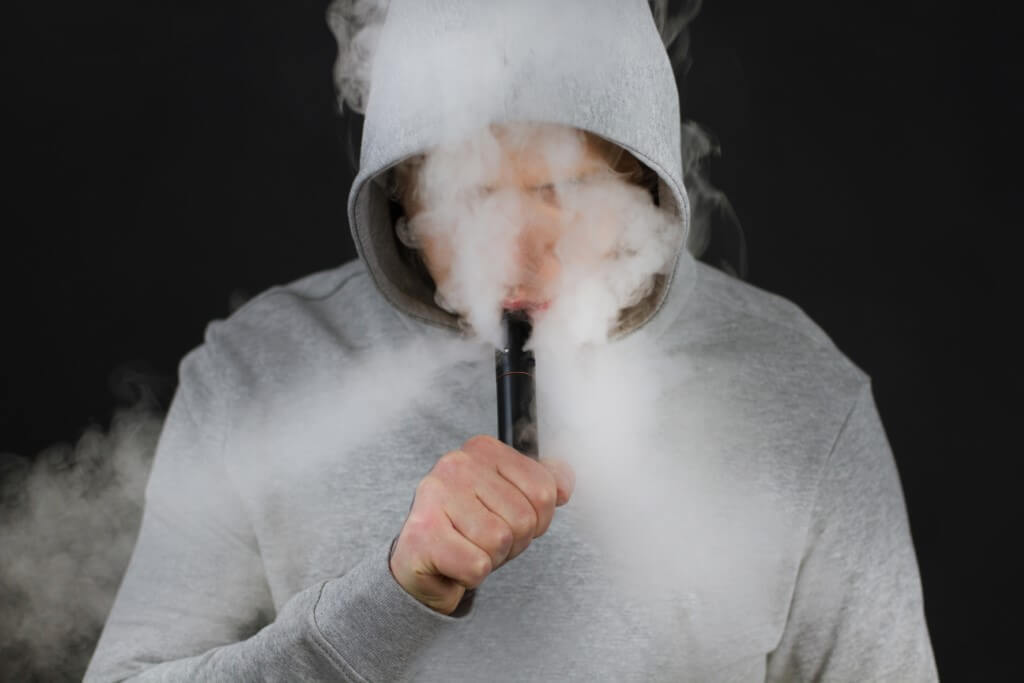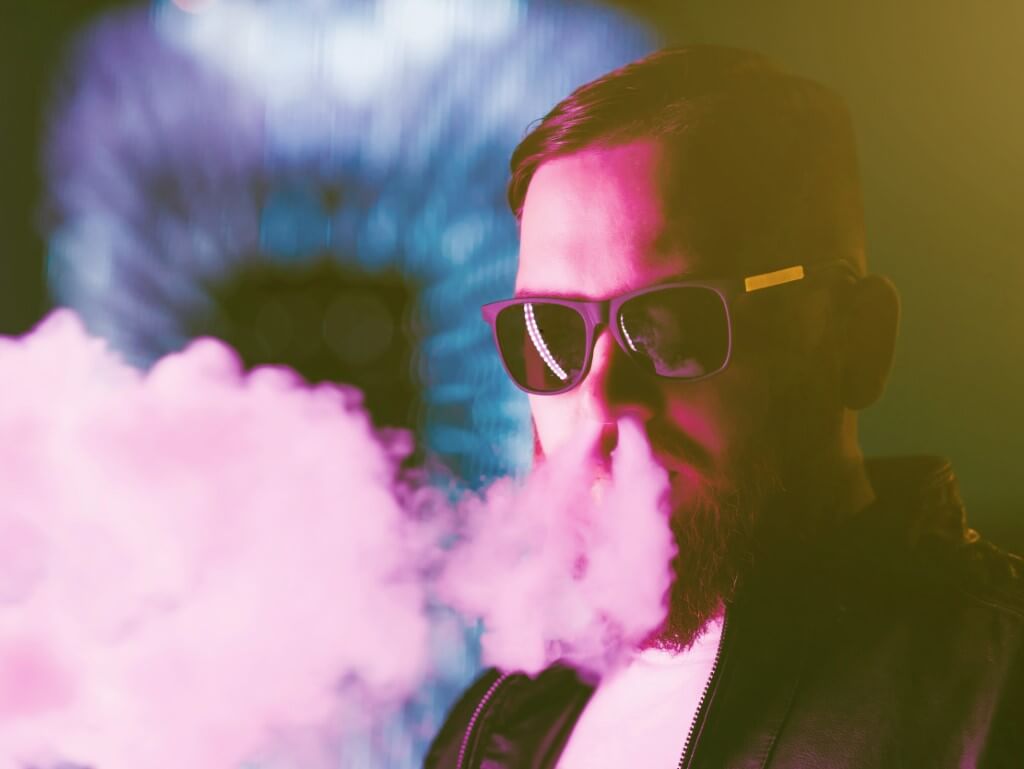
Is the Vaping Industry Big Tobacco’s New Disguise?
As someone invested in the well-being of your children and community, you’ve probably observed the shift from cigarettes to vaping, especially among the youth. The question you might be asking is whether the vaping industry is merely Big Tobacco’s new guise. In South Africa, where substance abuse already places a significant burden on the healthcare system, this issue requires urgent attention.
Vaping is often marketed as a safer alternative to traditional smoking, but don’t be fooled. The e-liquids used in vaping still contain nicotine, the addictive substance found in cigarettes. This means you or your loved one could still be at risk for nicotine addiction. Even more alarming is the rate at which vaping is growing popular among the youth. Youngsters may view vaping as fashionable or less harmful, but the nicotine concentration in some e-cigarettes can be as much or more than a pack of cigarettes.
Now, you might think vaping companies are independent entities fighting against Big Tobacco, but there’s a twist. Many of the popular vaping brands are owned by the same corporations that produce cigarettes. For instance, Altria, the company that markets Marlboro, also owns a significant stake in Juul, one of the most popular e-cigarette brands. It’s like the wolf changing its fur but not its habits.

You may think that substance abuse is a crisis that only affects certain communities, but…

Substance abuse and mental health issues continue to be stigmatized and shrouded in secrecy in…

Navigating the path from fear to hope in the context of addiction and mental health…
Here’s another little-known fact that might unsettle you: Vaping doesn’t produce the telltale smell that cigarettes do, making it easier for users, especially teens, to hide their habits. From a resource officer’s perspective, this is a nightmare as detection becomes more complicated, making prevention efforts challenging.
As a parent or guardian concerned for the welfare of your family and community, you should be aware that the lack of a telltale smell from vaping is just the tip of the iceberg. This invisibility cloak that vaping enjoys extends far beyond mere odors, making it doubly dangerous.
Let’s talk about the flavors—mango, mint, watermelon—the list goes on. These flavors don’t just make vaping more appealing; they make it dangerously deceptive. You may think your child is inhaling something as innocent as flavored air when, in reality, they’re ingesting chemicals that could lead to a condition known as “popcorn lung,” a type of lung damage caused by chemicals used for flavoring. Moreover, the sweetness of these flavors masks the harshness of nicotine, making it easier to inhale more frequently and deeply.
The issue of discretion in device design. Vape pens can look like USB drives, pens, or other everyday items. Your teen could be vaping in their room, and you might think they’re merely charging a device or doing homework. This level of discretion not only makes it easier for them to vape without detection but also normalizes the behavior, making it socially acceptable among peers.
The misconception that vaping is “safer,” which could lead to a dual-use scenario. In a desperate bid to quit traditional smoking, you or someone you love might end up using both cigarettes and e-cigarettes. This could potentially increase exposure to harmful substances from both sources, rather than reducing it.
What should alarm you is that vaping is not just Big Tobacco’s disguise; it’s its evolution. With the traditional cigarette market shrinking, tobacco companies are merely pivoting to vaping as their new revenue source. In essence, the industry has found a more socially acceptable way to package the same old poison, targeting a new generation without the social stigma that now surrounds cigarette smoking.
So, when you consider vaping as an alternative to smoking or a ‘less harmful’ option for your loved ones, think twice. Not only is the habit putting you or them at risk for nicotine addiction, but it’s also potentially supporting the very industry you were hoping to escape. In the grand scheme of things, you might wonder if vaping is just the new facade for the old evils we knew in tobacco. What’s undeniable is that vaping has cloaked itself in modernity and misconceptions, taking advantage of our collective naivety. Don’t be lulled into complacency by its high-tech allure or its false image of harmlessness. The reality is that we’re dealing with a ticking time bomb that could explode into a public health catastrophe if we don’t act swiftly and wisely. Your child’s surreptitious puff in the bedroom today could well be the dark cloud hovering over an entire generation tomorrow.

As someone in recovery, you may have heard about different therapeutic approaches that can aid…

Alcohol and drug abuse costs the South African economy billions annually, with up to 20%…

Healing the family is a critical yet often overlooked part of the addiction recovery journey.…